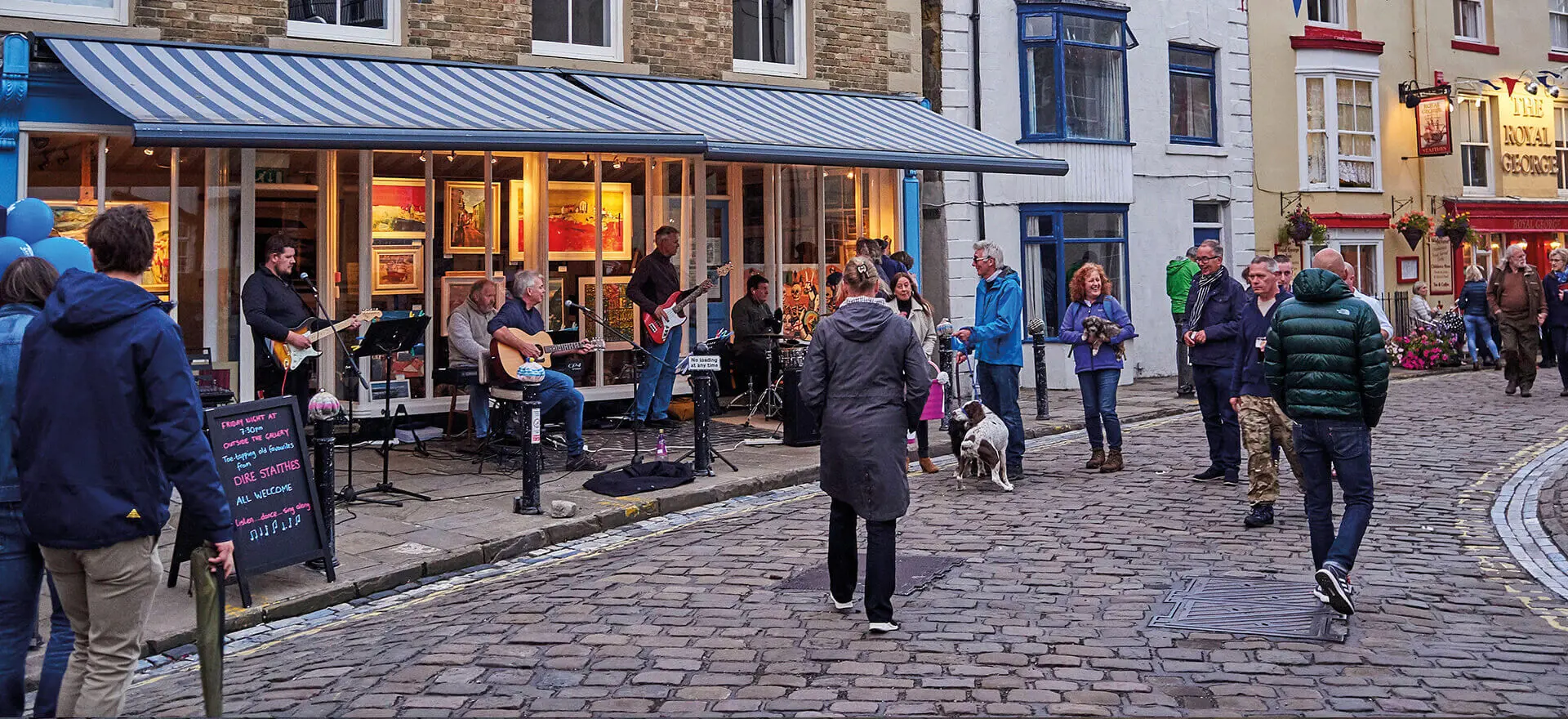Our historic high streets and town centres have been dominated for decades by retail uses, and while retailing is still an integral part of what they offer, the pressures facing traditional retail have resulted in the average vacancy rate nationally rising to just under 14%. This has left many high streets and town centres in need of regeneration and investment. Fortunately, they have huge potential for improvement, adaptation and reuse, and many benefit from heritage assets that can serve as focal points for regeneration.
Historically, high streets and town centres were places where communities would live, congregate, learn and work, not just shop. They were built to support a diverse range of uses and they are very well positioned to do the same in future if investments are made in restoration and reuse. Indeed, repurposing redundant floorspace offers exciting opportunities to rebalance what our high streets and town centres have to offer.
It appears that things are about to come full circle as the high streets of the future, as envisaged by Government, are places where more people live and work and where community uses are more prominent, as was the case in the past. The Government’s ‘Levelling Up’ agenda is primed to support this vision with significant amounts of funding, which could result in some of the most positive changes to our town centres seen in generations.
In July, Lichfields published
‘Moving on up?’, an Insight that reviewed the initiatives for levelling-up of town centres in the north of England. It analysed over 100 bids to three key funding streams aimed at achieving town centre regeneration, including the £3.6bn Towns Fund, the £1bn Future High Streets Fund (of which £95m is set aside for High Street Heritage Action Zones) and most recently the £4.8bn Levelling Up Fund. This revealed six key themes underpinning these bids; unsurprisingly heritage-led regeneration was one of them.
To understand why there is such interest in heritage-led regeneration in our town centres, it is worth noting that almost half of buildings in retail use and 33% of office buildings were built before 1919. Many of these buildings have been neglected or poorly adapted in response to various cycles of economic and social change. The idea behind heritage-led regeneration is that targeted investment in the restoration and reuse of heritage assets can deliver wider economic and social benefits. This is not a new-fangled idea, but the way that heritage-led regeneration is being implemented has evolved over time and is now far more complex and multi-layered.
For many years there was a tendency to think that simply restoring historic buildings and providing new shopfronts and usable floorspace would be enough to deliver regeneration and attract new occupiers, despite there being little empirical evidence to support that assumption. Now, following studies into the effectiveness of heritage-led regeneration projects, such projects are increasingly based on clearer business and investment strategies and form an embedded part of wider programmes aimed at improving local economies through investment in infrastructure, new industries and technologies. Embedding heritage-led regeneration in this way can both harness heritage investment’s potential to inspire action and promote initiatives, as well ensure that it produces more effective, sustainable and long-lasting regeneration results.
Heritage-led regeneration projects are also focused more than ever on reusing heritage assets in ambitious and creative ways to respond to changes in the way that people live, work and shop. For the high street, this means adapting historic buildings to respond to changes in retail and growing demand for leisure activities, creative and flexible workspaces, and housing in sustainable and accessible locations. It is also about bringing the history of places to the surface, engaging communities in heritage projects and enhancing places with the aim of attracting new businesses, visitors and residents.
The role of heritage-led regeneration in reimagining and repurposing our high streets for the future is reflected in the literature produced around the latest rounds of Government funding aimed at levelling-up towns across the country. Lichfields has been at the forefront of Government funding activity in the north of England, inputting into various Towns Fund bids. We were involved in preparing the Future High Streets Fund bid for Bishop Auckland and we are currently involved in supporting the development of several potential Levelling-Up Fund bids. We have also been appointed to develop business cases for schemes in Blyth, which have secured in principle funding from the Towns Fund. Bringing together our combined expertise in planning, heritage and economics, Lichfields is well placed to assist with high street and town centre regeneration in a variety of ways, including navigating the planning policies that cover heritage-related works, developing evidence-based investment strategies and business cases, and preparing Statements of Significance, Heritage Impact Assessments and Conservation Management Plans.
Lichfields’ Insight,
‘Historic Opportunities’ aims to shed light on the environmental, economic and social contributions that heritage-led regeneration can make. It looks at how this is being achieved across the country in areas benefitting from the various funding streams designed to support the Government’s Levelling-Up agenda.



